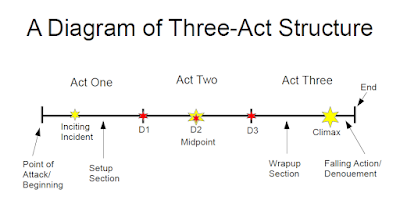Bonus Post: "Writer's Random Facts: Corset Edition"
It has come to my attention that there are authors in this world who do the bare minimum of research into their stories, and no more. This is not necessarily a bad thing, particularly if you want to get a book out fast and care more about story and character than accuracy (which is in itself no bad thing); however, when someone more educated on the topic comes along, there are a great many outbursts of frustration, irritation, and straight-up amusement and hilarity.
Thus, I am beginning a new series: Writer's Random Facts. In this series, I will be discussing various topics on which I have some information. I am not an expert in any of these topics, but I've watched enough YouTube videos from people who are experts to have picked up a thing or two--which is more than the author who prompted this post acquired before writing their novel.
Today's Random Facts post has to do with corsets, because that is where this author's most egregious mistakes occurred. I can forgive the funny splitting-sword tech they added to their steampunk novel, though I will be discussing that, as swords are something that most people have heard myths about (and corsets are, too, but we'll get to that); but when the mistake is in completely failing to realize that a corset is not a bodice, and so does not have an off-the-shoulder variant--due to the fact that almost all corsets are "off-the-shoulder" and even the ones that "aren't" have minimal shoulder straps, similar to a bra--I am inevitably going to feel the need to speak up about it. And yes, that was a very long sentence. I am aware.
So, here is your first fact about the corset: Corsets are like backpacking backpacks, in that all their weight is situated on the hips. Unlike bras, corsets take weight off your shoulders and use structured boning to both accentuate your figure and support your bust without causing shoulder tension and pain. They also can serve as impromptu back braces.
Fact number two: Corsets were not usually tight-laced in any extreme way, as Hollywood movies and actresses would have you believe. Properly fitted corsets were comfortable and supportive, and you could lace down to your own preferences. If that meant being slightly less thin for slightly more practicality and comfort, nobody cared--you were going to use some padding on your hips and bust to finish out the proper silhouette anyway (more on this in a future post).
Fact number three: This one is for any authors who want their Victorian/steampunk heroines to be doing any fighting. Corsets can actually serve as a form of body armor, though only to certain types of attacks and only up to a certain point. Stabbing attacks will go right through the corset, unless the boning is incredibly tightly packed, but slashing attacks will glance off, perhaps breaking a few of the corset's bones in the process. If someone were to use a mace on a corseted individual, the corset would provide almost no protection at all, and that woman's ribs are still screwed. But for a slashing knife attack, the corset can be fairly good protection. Whalebone, as used in the time period, is actually pretty strong. Here's the reference link to this one.
Bernadette Banner has more videos about corsets on her YouTube channel; if you want more information, you can go look them up here. But what I've given you should be enough to get you started without some uppity, educated teenager yelling at your book for having errors in it.

Comments
Post a Comment
Have a thought? Share it! I love hearing what other people have to say.